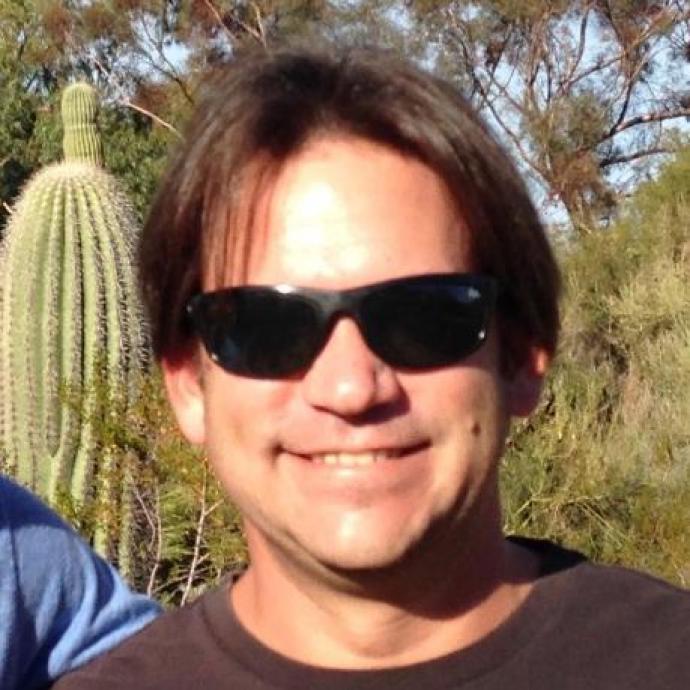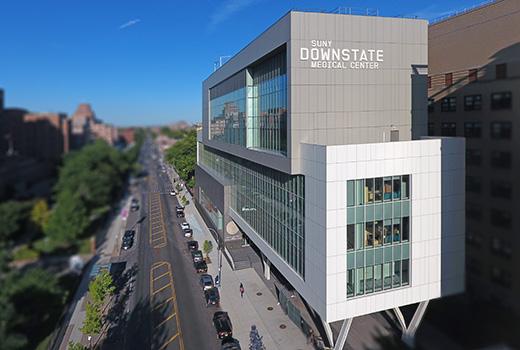Joe is a research scientist in the Dura-Bernal Lab, where he develops, documents, promotes, and trains new users in NetPyNE (www.netpyne.org). Previously (2016-2019), he was a contract scientist at the Neurosim Lab, where he used a variety of software tools (NEURON, Python, NetPyNE) to develop simulations and analysis in support of Embedded Ensemble Encoding (EEE) Theory, developed and refined morphologically-simplified models of cortical neurons, and created network models of cortical form and function.
Joe has always been fascinated by the incredible feats performed by the nervous system – especially the control of movement. This interest led him to his Ph.D. work on neuroscience and musculoskeletal biomechanics at the Harrington Department of Bioengineering at Arizona State University. In graduate school, he developed experimental techniques and created computational models to better understand form and function in spinal motorneurons, the "final common pathway" of motor control. During this work, he became convinced that understanding the nervous system required anatomically-accurate computational modeling at multiple scales.
But he also found that experimental reconstructions of neuronal morphology were rare. So, he began developing computational algorithms to analyze reconstructed neuronal morphologies and to synthesize (algorithmically generate) "virtual" morphologies. His ultimate goal was to generate virtual neurons which were statistically indistinguishable from the neuronal populations on which they were based. At the Blue Brain Project (2010-2013), he continued this work, where he revamped, refined and improved the neuronal morphology data processing software toolchain; led the development of a Python-based neuronal morphology analysis toolkit (Pneumatk); produced machine learning software for the objective classification of neuronal morphologies; and synthesized virtual neocortical neuronal morphologies.



